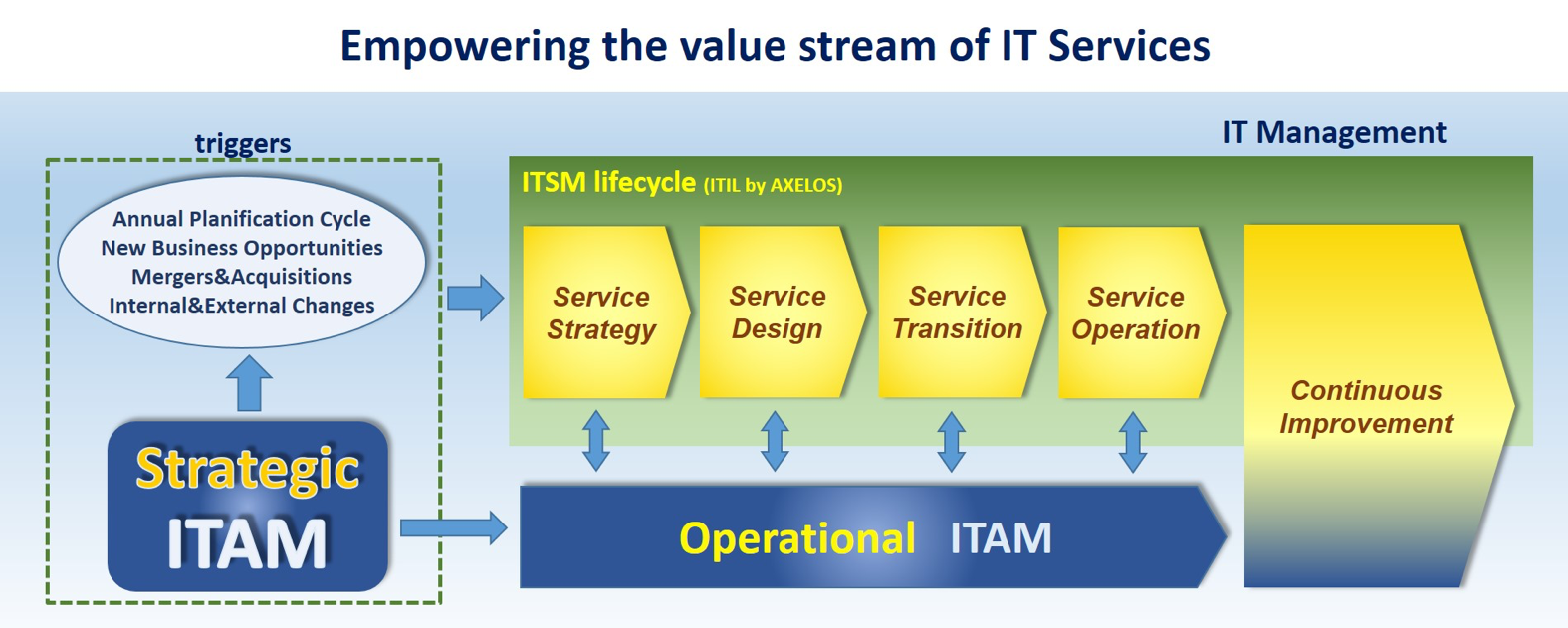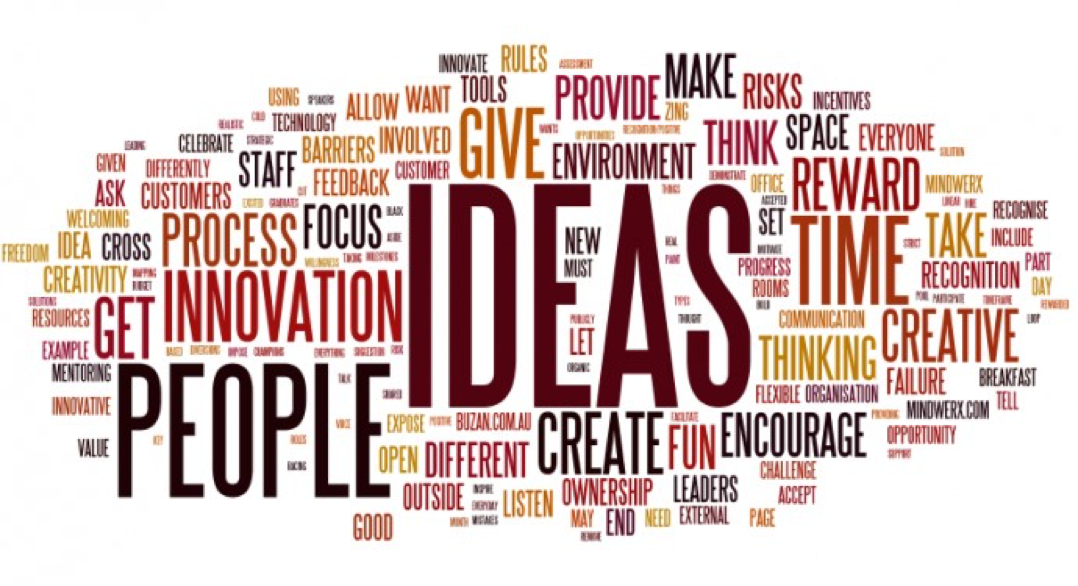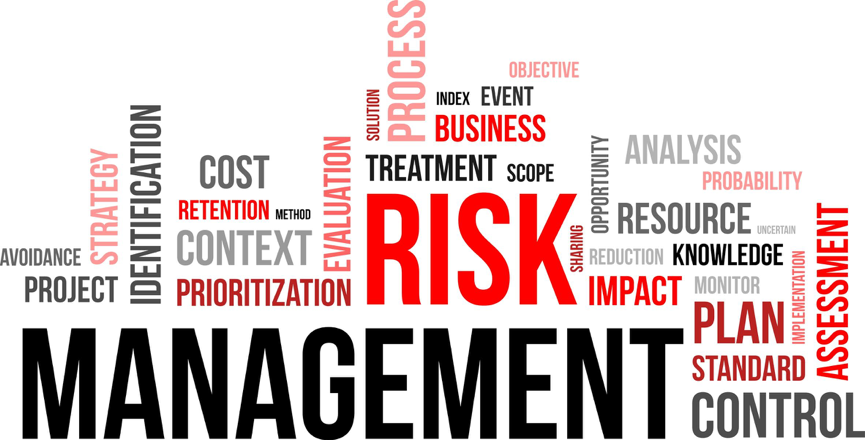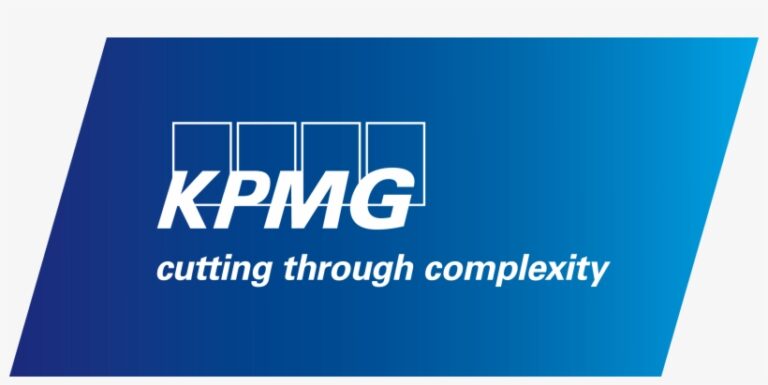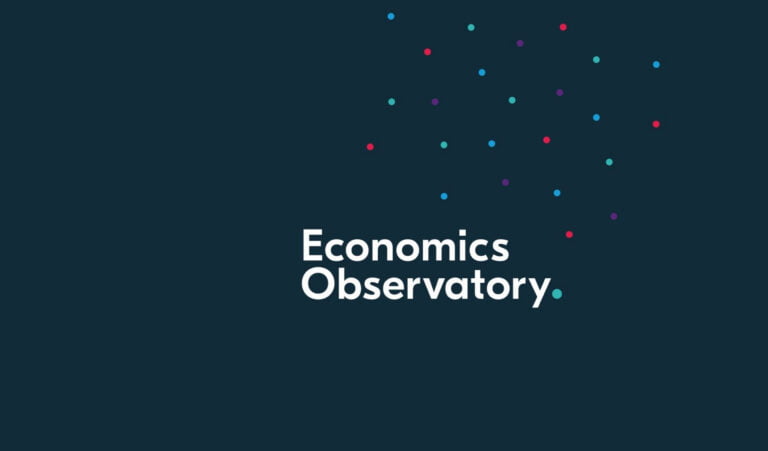The way for reaching the Strategic Capability that empowers your business
The increasing complexity and dynamism that the markets have today, but especially those where organizations operate using Information and Communication Technologies as the core of the business, as well as the resulting uncertainty thereof, suggests that the Strategic Development in those Organizations should be based on the usage of traditional processes as well as other emergent strategies that arise from internal processes and daily activities.
There is no doubt that technological progress is rendering the possibility to deliver new services to customers. But the value added by this technological progress depends on the way of providing them and this in turn, on the intrinsic factors to the use of IT Assets, factors that are equally dynamic.
In this sense, Organizational learning has always been an important continuous process that to a greater or lesser extent, has always existed. But it is in these circumstances where both a new technological and economic cycle is coming (in this case, boosted by Digital Transformation), where the importance of this Organizational Learning becomes critical because it should provide the appropriate strategies for carrying out a complete Corporate Strategic Development.
Disregarding these aspects could involve, like in the past, the materialization of one the more dangerous risks, the Strategy Deviation.
Strategy Deviation has taken place in many companies and some common consequences of it have been less:
- Value added
- Efficiency
- Profitability of the investments
- Competitiveness
- Leadership
Because of this technological progress, these companies are becoming more and more capital-intensive and also their operations strongly dependent on the technology. This is the reason why financial impact, both in the short and long term caused by the Strategic Deviation, is so important that it affects both its business daily value and its Sustainability in the long term.
In that sense, beyond the daily effectiveness in using technological resources, it is necessary that Organizations have an appropriate Strategy for IT Assets in place. This Strategy should consider both internal and external aspects which will allows the Company to generate strong Strategic Capability to be used in the Strategic Development Process (Corporate Strategy Developement) in order to:
- Increase competitiveness
- Mitigate relevant risks
- Increase the efficiency of the operations
- Deliver services to customers with more value added
- Empower the Business Sustainability
The importance of Emergent Strategies
Both business gurus as well as top managers of Strategic Management, agree that there is not a unique way to develop strategies nor a perfect method to carry them out. That process depends on a set of internal and external factors inherent to the company that suggest that the best initiative for developing strategies is the one that takes into account multiple processes.
This point of view that takes into account multiple processes is the only one that allows the organizations to obtain a better general performance compared to using a single process for developing strategies.
Besides, these processes in the organization itself will not be the same at any time and circumstance, but rather will depend, among others factors, on the organizational culture, internal policy and also the quantity and speed of the changes in the market.
Corporate history is full of big failures caused by a mistaking strategic development because, even though these companies technically complied strictly with the process as designed for the objective, they didn’t take into account all relevant factors.
From a general perspective, we can say that there are two main approaches to tackle the Strategic Development; Strategic Intent and Emergent Strategies.
Each of these have upsides and downsides. There are also circumstances under which one is better than the other. But there is no doubt that using both types of strategies but specially finding the balance between them according those circumstances, is the key factor that will ensure that the optimal strategic solution for the organization is found.
The most orthodox thinkers about strategy, usually recur to the use of Strategic Intent. Sometimes, they acknowledge the existence of Emergent Strategies, nevertheless, this is not usually integrated in the general process for developing strategies, but they remain separate. The consequence of that way of managing is that Emergent Strategies remains isolated from the Corporate Strategy and the top management. In these circumstances, the role played by these is limited to exercise control over budgets and also overseeing projects in those business units with emergent strategies.
But this technological revolution that we find ourselves in, requires, in my opinion, a Strategic Development that combines both traditional methods and emergent ones in order to improve internal processes and their relation with the market. The consequence of this will be that the company achieves a Strategic Capability that truly distinguishes it from their competitors.
Considering that strategic development involves emergent strategies, actors agree that the best way for carrying it out is when it is based on experimentation and learning throughout daily activities, instead of developing top-down global strategies.
That reflexion as explained previously, allows me to introduce two concepts I consider very important in order to increase the performance and efficiency of Strategic Development.
The first one is the difference between Proactive Learning and Reactive or Adaptive Learning.
In relation to the last one, Adaptive Learning is very close to that way of managing that consists in carrying out operations adapting them to both internal and external changes and, therefore, changing the strategy in a continuous way in order to achieve the highest efficiency and meet the stakeholders’ expectations.
In that sense, it is important to consider that even though it is always necessary to take into account what happens both at internal and external environments of companies, so that they don’t lose opportunities, on the other hand, it is also paramount to not lose the own strategy as a reference to avoid falling into a way of working so reactive that it implies less leadership, just like it happened in the past in many companies and industries.
This is the reason why adaptive learning should not be pervasive. Instead of that frame of mind, the best way of managing is seeking the optimal solution to lead the market.
All aforementioned, allows me to introduce both Proactive Learning and the second of the concepts I would like to explain, Innovation.
The traditional meaning of Innovation is related to the search of new technological solutions in order to offer new services with a higher quality and value added.
Apart from the foregoing, another interpretation is that one related to the search of new ways for managing the Company and in a more specifically way, with its Strategic Development.
In this sense, and considering that the best solution for companies is maintaining the balance between both types of learning (proactive and adaptive), it is exactly in the context of proactive learning where the Company should justify its preference for Internal Innovation, so that in using this experimentation and learning, it can create new organizational capabilities that enable it to be recognized as “unique” in the market.
ITAM Strategy as Emergent Strategy
The aforementioned complexity and dynamism of IT markets is a result of the evolution that began in the late 70’s of the last century and which definitive deployment took place in the early 90’s.
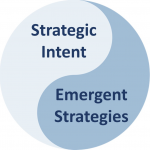 Since then, technological progress has been so huge that throughout these four decades, companies have been forced to modify their technological plans in order to incorporate that progress in the form of hardware and software.
Since then, technological progress has been so huge that throughout these four decades, companies have been forced to modify their technological plans in order to incorporate that progress in the form of hardware and software.
It is also very important to mention that when we speak about IT Assets, we are used to reference technological assets (Hardware, Software). However, companies count with other important assets such as other resources and strategic capabilities. These are both the staff and the processes for making the business run in the best possible way.
Just like what happened in the past with other industrial revolutions, whatever first entered the market (in this case in companies) was the proper technological progress, and after that the management designed for those environments appeared piecemeal.
Management for Information Technologies, was consistent with that kind of evolution and, consequently, it was in the late 90’s and the early 2000’s when well designed management frameworks for those activities such as ITIL, COBIT, ISO, UNE, etc. started to appear.
Notwithstanding the foregoing, and although some frameworks such as ITIL began to include activities related with IT Assets management, a definitive approach to this type of management appeared in 2006. It was the standard ISO 19970.
It is also fair to mention the highly important contribution made by several associations of professionals related to IT Asset Management just like IAITAM (International Association of Information Technology Asset Managers), which from the end of the last century contributes to evolving IT Asset Management with the expertise and best practices coming from its professionals.
All of these frameworks are today key references at the time of implementing ITAM inside the organizations.
When managing IT assets and from the operational perspective (Operational ITAM), this is related in its day to day development with almost all key activities in the organization. Thus, its role is clear in terms of its relation with economic management, supply chain management, security, stock control, risk management, compliance and so forth.
However, I feel that IT Asset Management is an activity that today is underdeveloped because it has not been given enough importance. These organizations limit themselves to reacting to the circumstances. Thus, IT Asset Management doesn’t constitute a formal process but isolated activities, playing the role of linking-activities between other processes and far away from a formal management.
As a result of that, most of these organizations don’t have an efficient IT operation, they have high costs, under-licensing and over-licensing problems, their internal processes are not lean, they lack leadership and therefore they are reactive and subject to changes in the market.
In contrast, those Organizations that have enabled the implementation of a true and formal IT Asset Management in a strategic way, and also, they gave it the necessary identity according the value added itself, have taken advantage of this so as to create a Strategic Capability. The benefit of that is that they have been able to:
- Improve their management
- Improve their operations
- Cut costs
- Improve their Value Chain
- Become more flexible
- Put in place a more productive and motivated organization
- Improve their Sustainability
- Differentiate themselves from the competition
- Lead the mark
The impact of these benefits is clear at any Organization, but there is no doubt that this impact is higher at large companies or large groups, companies using more traditional processes to develop their strategies, companies that operate globally, using a decentralized IT management, and so forth.
For instance, there are examples such as Google, Amazon, Apple, etc. who have been able to create their own business strategies from a technological strategy, and as a result of that they have hugely increased their incomes and profitability.
Indeed, the success of these big firms is not only consequence of the design of fast and low-cost processes that even are virtually free from failures. This success has arisen as a result of a perfect alignment between their business processes and technological processes that make them possible, but especially due to an extensive control of the operation through accurate information management systems, an IT Asset Management Program, and so forth.
This success is not the result of chance,
but just the consequence of a great Strategic Development
That is the reason why Organizations should enable the implementation of a strategic perspective for IT Asset Management in order to address this activity in the long term, strengthening the activity in the organization and finally for creating a Strategic Capability to differentiate themselves from competition.
Therefore, I would like to propose Strategic IT Asset Management (ITAM Strategy / Strategic ITAM) as:
The emergent strategy that guides and boosts IT Asset Management inside the Organizations with the goal of creating a Strategic Capability that, contributing both to the improvement of IT Service Management and the Global Strategic Development of the Organization, allows to achieve business goals and strengthens its leadership in the market.
This activity could be placed in the Organization as shown in the following picture:
Regarding this proposal, Strategic ITAM is another trigger of IT Service Strategy. In some situations, even it plays the role as a previous step to the traditional triggers and set the basis about what, how, when and where to execute those traditional triggers of the IT Service Strategy.
In line with everything mentioned previously, although ITAM Strategy takes into account both internal and external factors of the Organization, this activity emerges from operational activities and, therefore, a critical point in order to design, develop and implement the best strategy is to count with the staff involved both in operational and management environments.
This contribution of the staff in activities related with of ITAM Strategy is what will allow to take advantage of the benefits the combination of technical knowledge and skills along with the expertise brings, about how to develop the activity considering the organizational perspective.
In fact, it will allow to identify strategic goals in the long term and the best way (team, processes, tasks, resources, etc.) for implementing the Strategy in the Organization.
Another critical point in this process, is to count with Vendors and Suppliers of IT Assets as strategic partners in order to reach this Strategic Capability in the Company.
It is common knowledge among IT Organizations that is quite urgent to make improvements in the operational field when collaborating with this kind of Vendors and Suppliers. However, we will talk about this in other post.
But from a strategic point of view, it is also urgent to review and improve the value added by the Supply Chain in order to align this value with the value added by the Company for its customers.
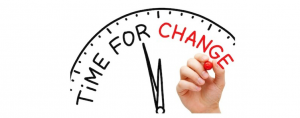 The actors participating in this Supply Chain are, among others, Vendors and Suppliers of technology but also providers of SAM Tools, Consulting firms and so forth.
The actors participating in this Supply Chain are, among others, Vendors and Suppliers of technology but also providers of SAM Tools, Consulting firms and so forth.
I consider that it is necessary to evolve the relationship models between all stakeholders in this Supply Chain because, apart from these models being very old, they should be adapted to the new era to add more value and also to allow that technological progress reaches the customers with new technological solutions and services according to the way and time that these customers and the economy require.
Regarding the new economic cycle, we are involved in and where Digitalization is a key factor, it is very important to consider that a complete review of the Supply Chain is necessary, a review that takes into account everything from raw materials to the value added for the clients. Therefore, it is necessary to tackle a True Transformation.
Along with Digitalization, there are other concepts and needs such as the Internet of Things (IoT), all related with the SMART concept, Energy Efficiency but also:
- The transformation of the production systems in both industrial and agricultural sectors
- The transformation of global and local educational systems
- The transformation of the Health Care systems
- Robotization and automation in general
- The replacement of new raw materials and sources of energy
- New types of leisure
- The transformation of payment methods
- The transformation of the media
- The transformation of the models to sustain and govern countries in an economic way
- Etc.
Because of the foregoing, a true Social Transformation is needed, but more specifically a Transformation of companies.
In this Transformation process, Information Technologies play a key role.
Thus, we see how in the IT environment some actors are boosting Transformation through technological solutions such as Virtualization and Cloudification. These solutions are changing HW and SW infrastructures for delivering IT services.
For instance, other changes are those related with SW Licensing and the Terms and Conditions for using HW, which suppose, in most situations, that companies act too late to those changes that impact their performance and their profitability.
This is yet another reason that demonstrates that Organizations should evolve their daily IT Asset Management (Operational ITAM) and also implement an ITAM Strategy in order to avoid the negative consequence of these changes.
In addition to the proper changes in IT, other changes are occurring in Telecommunication industry that evolve most of the physical infrastructure to put it closer the traditional IT concept.
These technologies are related with concepts such as Network Functions Virtualization (NFV) and Software-defined Networking (SDN) that, as I previously mentioned, are transforming the physical world into a logical world, that is, IT. This transformation implies a huge increase in terms of quantity of IT assets.
Beside this growth in terms of quantity, it is necessary to mention how the network is evolving in terms of functionality.
In fact, Customer Experience demonstrates that carriers must evolve the functionality of the network because the customer demand. Thus, customers are demanding more and more services which make that the network becomes more critical in terms of deliver the services exactly how the customers need.
As a result of that, the increase in terms of quantity of IT assets and their complexity as consequence of the increase in terms of functionality, companies must evolve their IT Asset Management, in terms of both its operational and strategic perspective.
Therefore, IT Assets are at the heart of this Transformation and consequently it is necessary to manage their strategic value.
Some examples related with the strategic contribution of IT assets are:
- Transformation of the way of supplying resources
- Transformation of the kind of value added by the staff and the way to add it
- Transformation of trading and marketing systems
- Transformation of the systems to design, build and provision services.
- Etc.
Global community is subject to a huge change because it is not possible to tackle such an important challenge as is digitalizing our lives with old processes that were designed to deliver other services and products during a previous stage of the technological and social development.
Inherent to this huge change but specifically regarding the use of IT assets, it is necessary to take into account the kind of risks involved in Compliance, Financial, Operational, Security, Privacy, and so forth.
These risks increase their potential impact as the organizations become larger, but especially when:
- they extent their operations overseas because these risks become global risks
- there is not an appropriate strategy and operation according the usage of IT assets
- there are not well designed contracts aligned with the strategy of the company
- there is not an appropriate management about this matter, and so forth.
This is the reason why this kind of risks should also be in the agenda both of the Compliance Officer and Risks Management Commitee in these companies.
Finally, I would like to talk about MAD operations (Mergers, Acquisitions & Disinvestments) that have ocurred in the past, are currently happening and will take place in the future.
These MAD operations lead, in turn, to many other important changes but it is also important to mention that, in many situations, these MAD operations don’t take into account that the usage of IT assets are previously restricted by Terms & Conditions (T&C) that affect, among others, the way of using them, the transfer of their entitlement, the target audience of customer for rendering services to, etc.
Besides, many companies that receive IT assets coming from other companies, didn’t put in place previously strategies, procedures, techniques and budgets to incorporate them and not generate new risks.
That way, we see how in these situations, many companies are reactive and as a result of that they incur in high costs both in proper MAD operations but also in the subsequent operation. This is the main reason why they don’t achieve the estimated goals previously envisaged by the business case.
On the other hand, those companies that have put in place a formal Strategy for IT Assets previous to these MAD operations, succeed in these MAD operations and are also more efficient and competitive in the subsequent operation and consequently achieve their business goals.
All of these situations should be considered in the process of designing the Strategic Development of the Company in order to avoid that some risks impact negatively on the Company performance and therefore, in its statements.
Thus, IT Assets are at the heart of this Digital Transformation and this is the reason why Organizations should count with a Strategy for IT Assets Management (ITAM Strategy or Strategic ITAM).
I encourage everybody to empower your Organization
using Strategic ITAM and rolling out the best ITAM Program
by Javier Moron
Francisco Javier Ten Morón is an IT Asset Manager with Telefonica Moviles Espana.



